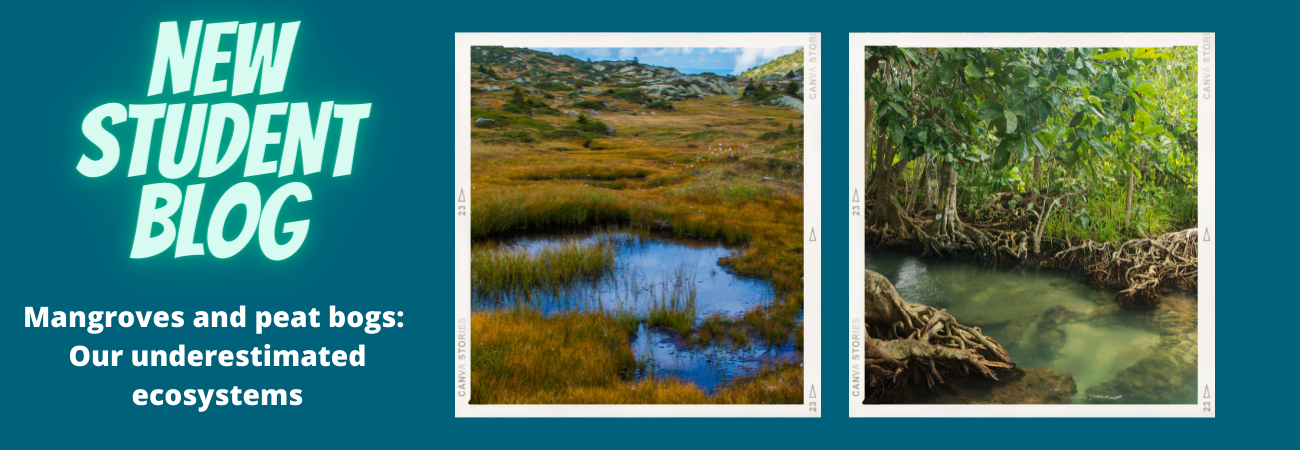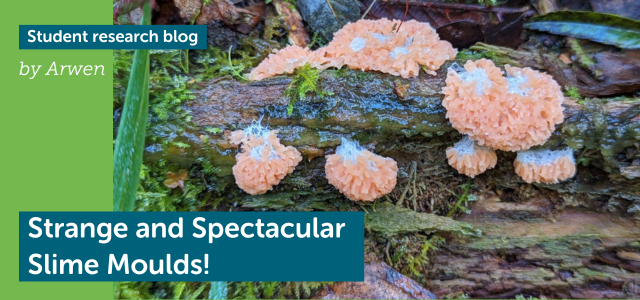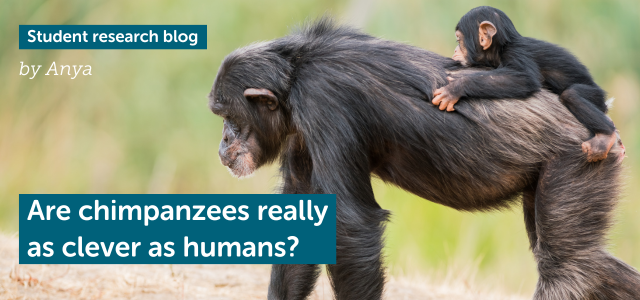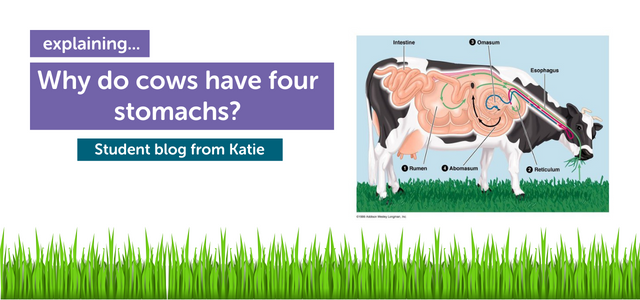Bronze Award participant Isla introduces us to the amazing world of mangroves and peat bogs.
Mangroves and Peat Bogs are exceedingly underestimated ecosystems, continuously overlooked and forgotten about. However, you may be surprised to find out these miracle biospheres have the potential to play a massive role in our global fight against biodiversity and habitat loss and, of course, climate change.
Mangroves are a type of tropical tree that thrives in saline or brackish water (salty water). They are the only species of tree in the world that can tolerate saltwater, known for their characteristic exposed roots which reach into the ocean water. Mangrove forests are found predominantly on coastal areas of the tropics and subtropics with the largest mangrove forest being in Indonesia. So why is this ecosystem so important?
MANGROVES ARE THE MOST BIOLOGICALLY IMPORTANT ECOSYSTEMS ON THE PLANET
Mangroves play a vital part in the livelihood of many areas of the world. They support the community around them in many ways including the protection of an area’s biodiversity; these forests are home to many species of both marine and land life including crocodiles, lots of fish, turtles, birds and much more. This is down to the fact that they provide an amazing, sheltered habitat for nesting and breeding.
Along with providing a sheltered habitat, mangroves also provide a naturally occurring coastal defense that act as a physical barrier against incoming storms and winds. They stabilise coastlines by slowing erosion, reducing flooding, and protecting the multitude of people that live along the coast.
On top of this, this incredible ecosystem also acts as a natural water filter with its dense network of roots trapping any sediment or harmful pollutants, preventing them from travelling up stream. In addition to maintaining water quality, it also protects vulnerable ecosystem downstream such as coral reefs and seagrass beds.
Much like tropical rainforests and temperate forests, mangrove forests act as major carbon storage and therefore reduce CO2 in the atmosphere and the resulting global warming
















































































